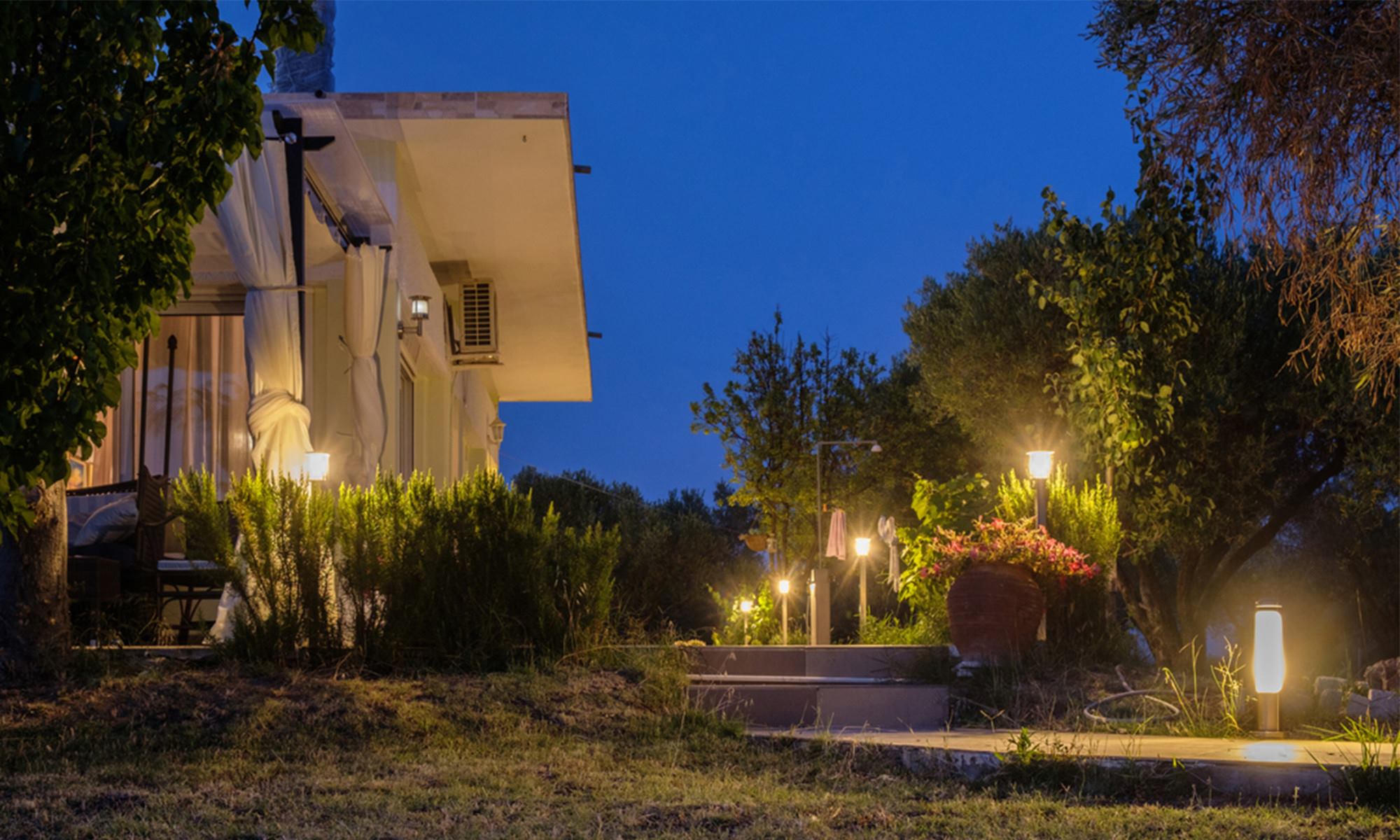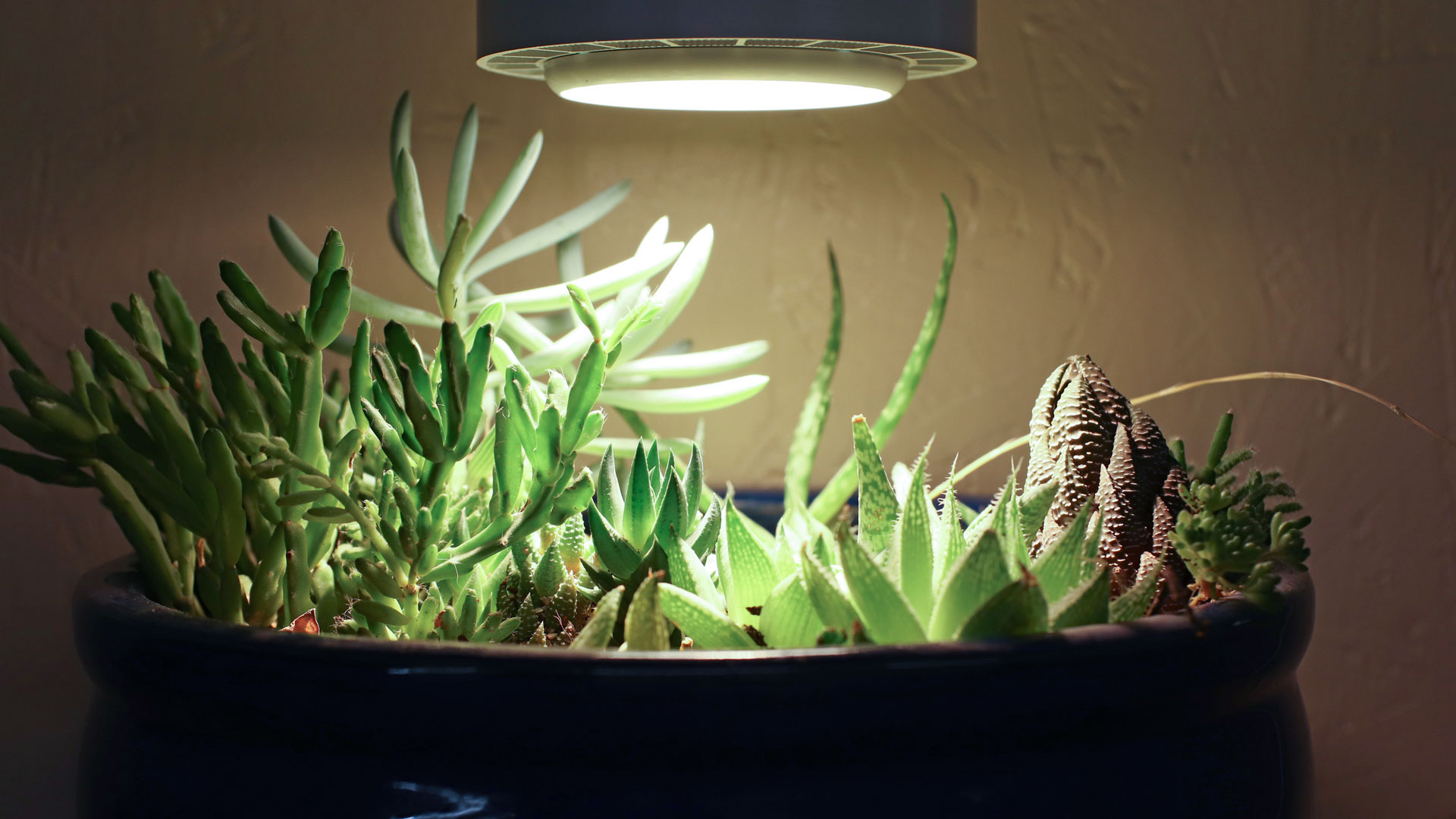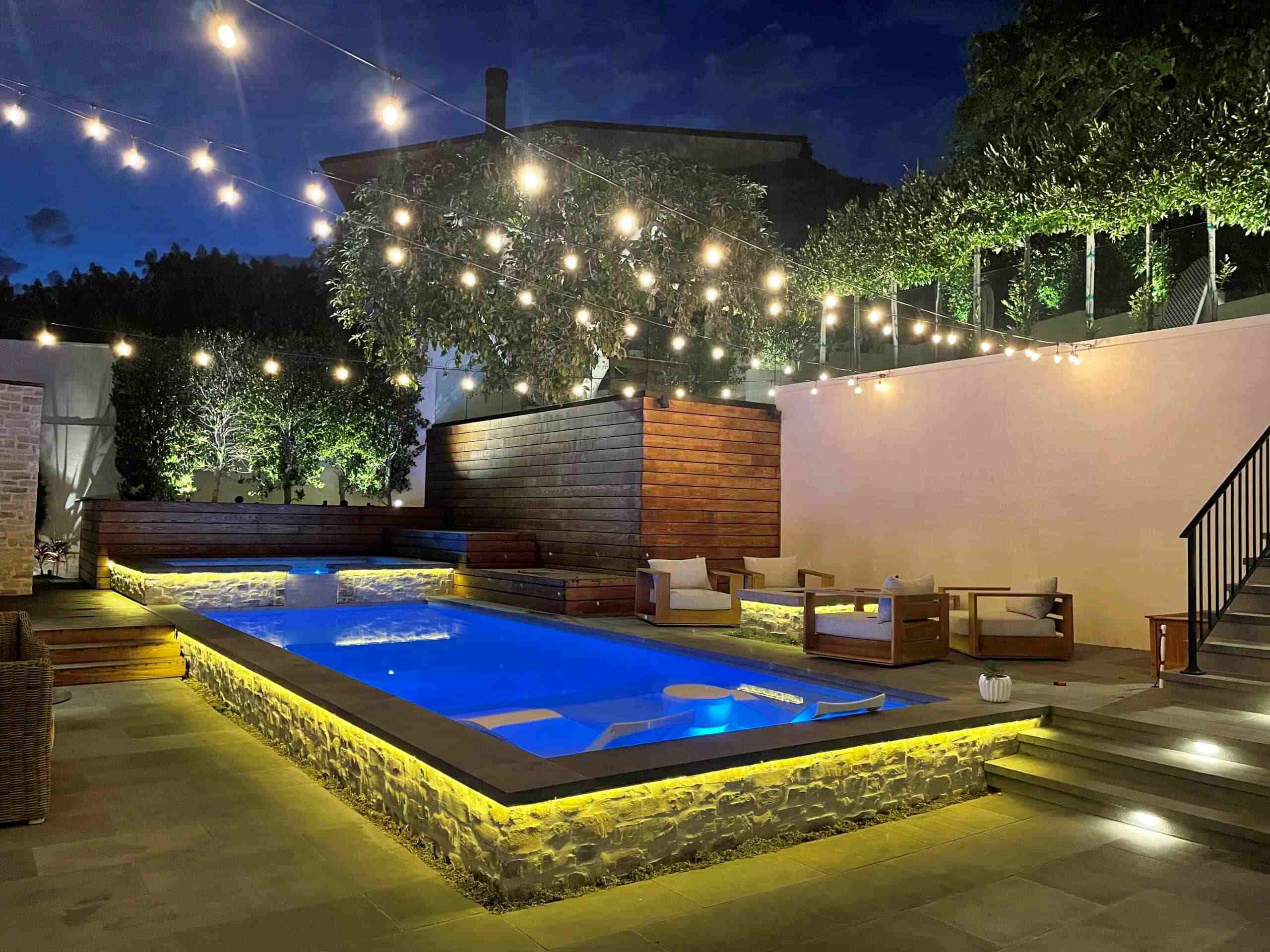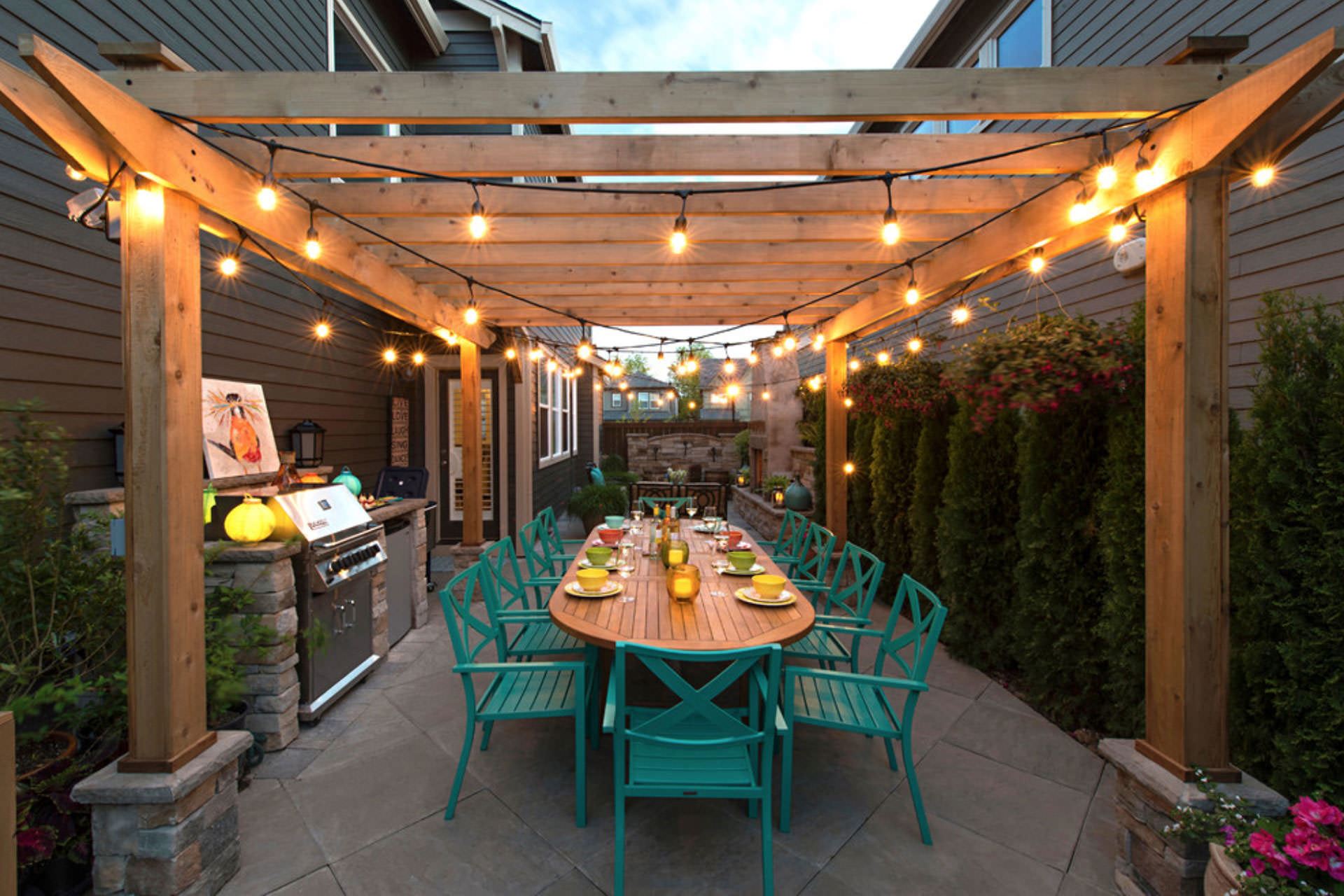Home>Gardening Tips and Tricks>How Many Lumens Are Needed For Backyard Flood Light


Gardening Tips and Tricks
How Many Lumens Are Needed For Backyard Flood Light
Modified: January 22, 2024
Learn how to maximize the yield of your backyard flood light with the right number of lumens. Discover the ideal lumens for the ultimate outdoor lighting experience.
(Many of the links in this article redirect to a specific reviewed product. Your purchase of these products through affiliate links helps to generate commission for Chicagolandgardening.com, at no extra cost. Learn more)
Table of Contents
Introduction
Welcome to the world of backyard lighting! If you’re looking to brighten up your outdoor space and add some extra security, investing in a backyard flood light is a great idea. But with so many options available, how do you know how many lumens you need?
Lumens are a unit of measurement used to determine the brightness of a light source. Understanding lumens is crucial when it comes to choosing the right backyard flood light. It will not only help you achieve the desired lighting effect but also maximize the yield of your outdoor lighting setup.
In this article, we will dive into the world of lumens and discuss the important factors to consider when selecting a backyard flood light. We will also provide recommendations for the ideal number of lumens based on the size of your backyard and the intended use of the lighting.
So whether you’re planning to illuminate your entire backyard for a party, or just want a subtle light to guide your path, read on to discover how many lumens you need for your backyard flood light.
Understanding Lumens
Before we delve into the recommended number of lumens for your backyard flood light, let’s start by understanding what lumens actually are. Lumens measure the total amount of visible light emitted by a light source. In simpler terms, it is a unit of measurement that tells you how bright a light bulb or fixture will be.
Traditionally, people used to rely on watts to determine the brightness of a light source. However, with the advent of energy-efficient LED lights, watts no longer accurately represent the brightness. This is because LED lights can produce the same brightness as traditional incandescent bulbs while using significantly fewer watts.
That’s where lumens come in. They provide a standardized way to measure brightness. The higher the number of lumens, the brighter the light will be. For example, a typical 40-watt incandescent bulb emits around 450 lumens, while an equivalent LED bulb uses only around 6 to 8 watts to produce the same amount of lumens.
When it comes to backyard flood lights, the number of lumens you need will depend on the specific purpose and size of your outdoor space. It’s important to strike a balance between having enough brightness to adequately illuminate the area and not overwhelming your surroundings.
Keep in mind that a flood light with too few lumens may not provide the desired level of brightness, especially if you have a large backyard or need to light up a specific area. Conversely, a flood light with too many lumens may create a blinding effect, making it uncomfortable for you and your guests.
Now that we have a better understanding of lumens, let’s move on to the factors you should consider when selecting a backyard flood light.
Factors to Consider for Backyard Flood Lights
When choosing a backyard flood light, there are several factors to take into consideration. These factors will help you determine the appropriate number of lumens for your specific needs and ensure that your lighting setup maximizes both functionality and aesthetics. Let’s explore these factors in more detail:
- Size of the Backyard: The size of your backyard plays a crucial role in determining the number of lumens you need. Larger outdoor spaces will require more lumens to achieve adequate brightness, while smaller areas can be effectively illuminated with fewer lumens. Measure the dimensions of your backyard to get an estimate of the required lighting coverage.
- Intended Use of Lighting: Consider how you plan to use the lighting in your backyard. Are you looking to create a soft, ambient glow for evening gatherings, or do you need bright, focused light for security purposes? Determining the intended use will help you decide the optimal level of brightness required.
- Lighting Placement: The placement of your backyard flood lights is crucial in maximizing their effectiveness. Consider whether you need to install the lights at ground level, on the walls, or even in trees. This will impact the spread and reach of the light, and therefore affect the required number of lumens.
- Neighboring Environment: Take into account the surrounding environment of your backyard. If you live in an area with minimal light pollution, you may need fewer lumens to achieve the desired brightness. However, if your backyard is situated in a well-lit neighborhood or near sources of bright artificial light, you may need more lumens to create a noticeable impact.
- Lighting Color and Temperature: Consider the color and temperature of the light you want to emit in your backyard. Different light colors can create different moods and aesthetics. Warmer tones, such as yellow or amber, can create a cozy and inviting ambiance, while cooler tones, such as blue or white, can give a modern and crisp look. Determine the desired lighting color and temperature to enhance your outdoor space.
By taking these factors into account, you can make an informed decision about the number of lumens needed for your backyard flood lights. In the next section, we will provide some general recommendations based on these considerations.
Recommended Lumens for Backyard Flood Lights
When it comes to determining the ideal number of lumens for your backyard flood lights, there is no one-size-fits-all answer. The specific requirements will vary based on the factors we discussed earlier, such as the size of your backyard and the intended use of the lighting. However, we can provide some general recommendations to guide you in selecting the appropriate lumens for your outdoor space.
For small to medium-sized backyards (up to 500 square feet) where you primarily want to create a soft ambient glow, a range of 500 to 1,000 lumens should be sufficient. This will provide enough brightness to illuminate the area without overwhelming the surroundings.
If you have a larger backyard or require brighter lighting for security purposes, you may need to consider flood lights with higher lumens. For areas up to 1,000 square feet, a range of 1,000 to 2,000 lumens is recommended. This will ensure adequate coverage and brightness without creating a blinding effect.
For even larger outdoor spaces or if you need to light up a specific feature in your backyard, such as a pool or a patio area, you may need flood lights with even higher lumen outputs. In such cases, look for lights with a range of 2,000 to 5,000 lumens or more.
Remember to consider the suggested placement and the desired lighting color and temperature to achieve the desired effect. Additionally, always refer to the manufacturer’s specifications and recommendations for the specific flood lights you are considering, as different models may have different lumen outputs and lighting capabilities.
Lastly, it’s worth noting that adding multiple flood lights to your backyard can help distribute the light more evenly and achieve the desired level of brightness. This also allows for greater flexibility in adjusting the lighting to suit different occasions and preferences.
Keep in mind that these recommendations are just a starting point, and it’s ultimately up to your personal preference and specific backyard requirements. Don’t forget to experiment and adjust the number of lumens as needed to achieve the perfect lighting ambiance for your outdoor space.
Conclusion
Choosing the right number of lumens for your backyard flood lights is an important decision that can greatly enhance the functionality and aesthetics of your outdoor space. By understanding lumens and considering factors such as the size of your backyard, intended use of lighting, placement, neighboring environment, and lighting color, you can make an informed decision that will maximize the yield of your lighting setup.
Remember that there is no one-size-fits-all answer when it comes to lumens, as the requirements will vary based on individual preferences and specific backyard characteristics. However, we have provided some general recommendations to guide you in finding the ideal number of lumens.
For smaller backyards, a range of 500 to 1,000 lumens can create a soft ambient glow, while larger areas may require more lumens, such as 1,000 to 2,000 lumens or even higher for special features or larger spaces. It’s important to strike a balance between having enough brightness to adequately illuminate the area and avoiding excessive brightness that may cause discomfort.
Furthermore, don’t forget to consider the suggested placement, lighting color, and temperature to achieve the desired effect in your backyard. Utilize multiple flood lights strategically placed to distribute the light evenly and create a more balanced and dynamic lighting setup.
Ultimately, the goal is to create a welcoming and functional outdoor space that meets your specific needs and preferences. Experimentation may be necessary to find the perfect balance of lumens and lighting design, so don’t be afraid to adjust and fine-tune as needed.
Now armed with the knowledge of lumens and the factors to consider, you can confidently choose the right number of lumens for your backyard flood lights and transform your outdoor space into a beautifully illuminated haven.






